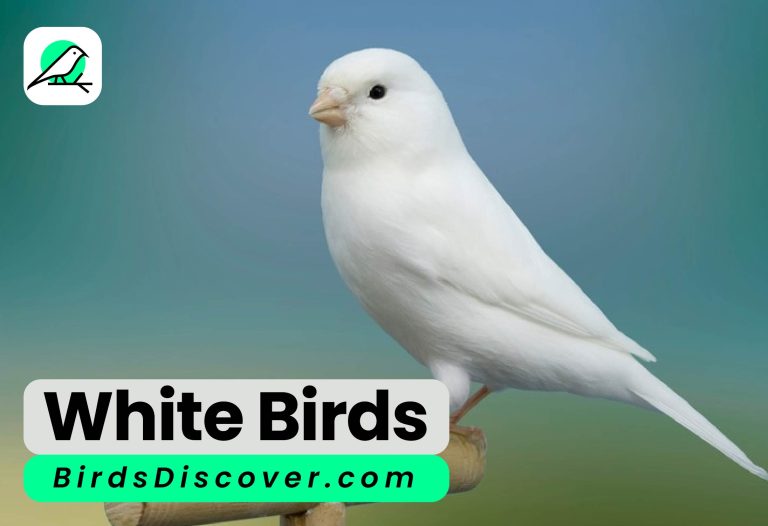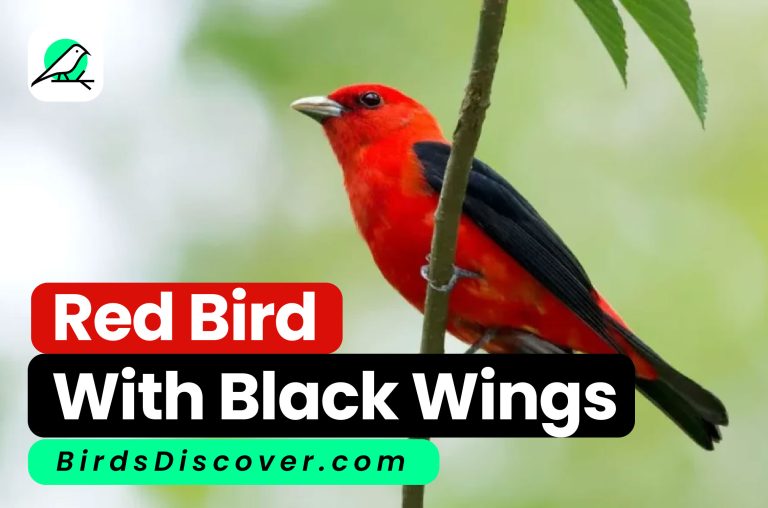Indian Cormorant [Phalacrocorax fuscicollis]: Discovering Their World
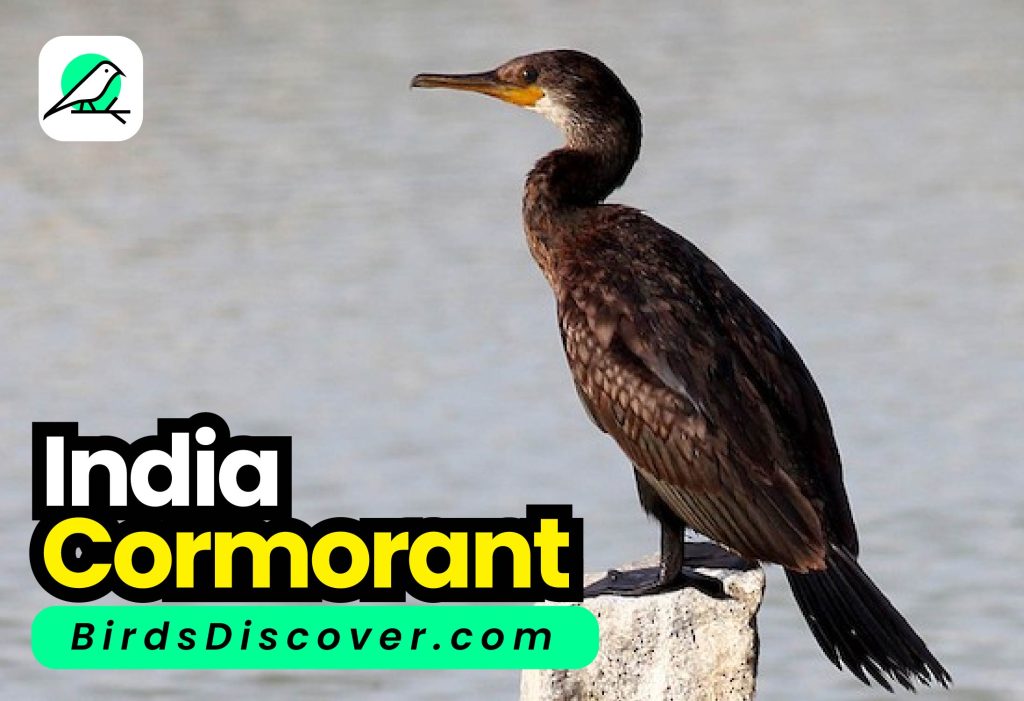
These birds are skilled fishermen, often diving underwater to catch their prey.
They are known for their distinctive drying behavior, spreading their wings wide after diving.
While their populations are stable, ongoing conservation efforts are important to protect their habitats.
Scientific Classification
| Rank | Scientific Classification |
|---|---|
| Kingdom | Animalia |
| Phylum | Chordata |
| Class | Aves |
| Order | Suliformes |
| Family | Phalacrocoracidae |
| Genus | Phalacrocorax |
| Species | Phalacrocorax fuscicollis |
Indian Cormorant
The Indian cormorant (Phalacrocorax fuscicollis) is a distinctive bird native to South Asia, including India, Sri Lanka, and parts of Southeast Asia. Characterized by its sleek, dark plumage with a contrasting white belly, the Indian cormorant features a long, slender neck and a hooked bill, well-adapted for its piscivorous diet. This medium-sized cormorant typically inhabits freshwater lakes, rivers, and coastal areas, where it excels at diving to catch fish. It often forages in shallow waters, using its agility and underwater vision to snatch prey. During breeding season, the Indian cormorant nests in colonies, constructing nests in trees, on cliffs, or on the ground near water bodies. The species is known for its characteristic drying behavior, where it spreads its wings to air-dry after diving. Adaptable and resilient, the Indian cormorant plays a significant role in maintaining the balance of aquatic ecosystems by controlling fish populations.
SUMMARY
The Indian cormorant (Phalacrocorax fuscicollis) is a medium-sized bird native to South Asia, including India, Sri Lanka, and parts of Southeast Asia. Recognizable by its dark plumage, white belly, and long, slender neck, this cormorant is an adept fisher, diving beneath the surface of freshwater lakes, rivers, and coastal waters to capture fish. It often nests in colonies, building nests in trees, on cliffs, or on the ground near water. The Indian cormorant is noted for its distinctive behavior of spreading its wings to dry after diving. This species plays a crucial ecological role by helping to manage fish populations and maintaining the balance of aquatic ecosystems. Its adaptability to various habitats and its skillful hunting make it a key player in the biodiversity of its range.
Taxonomy
| Rank | Taxonomic Classification |
|---|---|
| Kingdom | Animalia |
| Phylum | Chordata |
| Class | Aves |
| Order | Suliformes |
| Family | Phalacrocoracidae |
| Genus | Phalacrocorax |
| Species | Phalacrocorax fuscicollis |
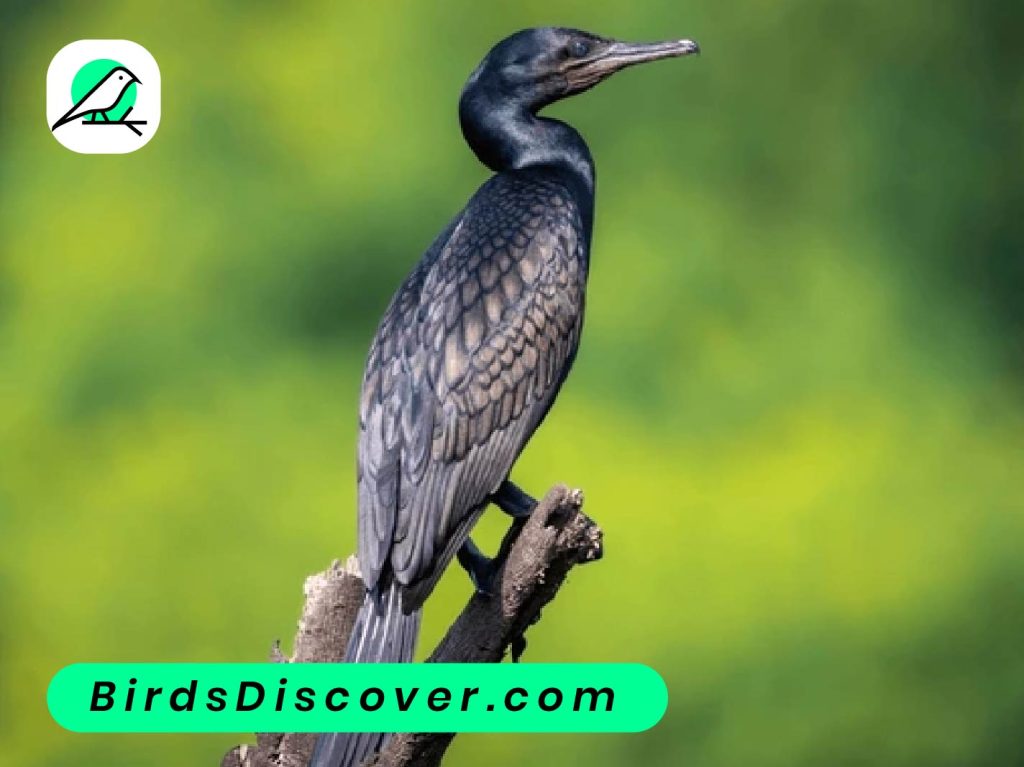
Description
The Indian cormorant (Phalacrocorax fuscicollis) is a medium-sized bird with a striking appearance, characterized by its dark, glossy plumage and a distinctive white belly. It typically measures around 70 to 80 centimeters (28 to 31 inches) in length, with a wingspan of about 110 to 130 centimeters (43 to 51 inches). This cormorant features a long, slender neck and a hooked bill, both of which are adapted for catching fish. Its legs and webbed feet are well-suited for swimming, allowing it to dive with agility and precision.
The Indian cormorant is often found in a range of aquatic habitats, including freshwater lakes, rivers, and coastal areas. It is particularly adept at diving to hunt for fish, using its excellent underwater vision and streamlined body to pursue prey. After diving, the bird commonly perches with its wings outstretched to dry, a behavior typical of cormorants. During the breeding season, the Indian cormorant nests in colonies, building its nest in trees, on cliffs, or on the ground near water bodies. Its adaptability to various environments and its role in managing fish populations make it an important species in its ecosystem.
Distribution and Habitat
The Indian cormorant (Phalacrocorax fuscicollis) is predominantly found across South Asia, with a distribution that spans several countries and diverse habitats. Its range includes:
- India: Widespread throughout the country, including both mainland regions and coastal areas.
- Sri Lanka: Common in both inland and coastal habitats.
- Bangladesh: Found in various freshwater and coastal wetlands.
- Pakistan: Inhabits rivers, lakes, and coastal regions.
- Nepal: Occurs in river systems and associated wetlands.
- Myanmar: Present in freshwater lakes and rivers, as well as coastal areas.
Habitat:
The Indian cormorant is highly adaptable and can be found in a range of aquatic environments. Its preferred habitats include:
- Freshwater Lakes: Often found in large lakes with abundant fish.
- Rivers: Inhabits both slow-moving and fast-flowing river systems.
- Coastal Areas: Lives in estuaries, coastal lagoons, and mangroves.
- Wetlands: Frequently seen in swamps, marshes, and other wetland environments.
The species favors areas with ample food supply and suitable nesting sites. It often nests in colonies, using trees, cliffs, or even the ground near water bodies. The Indian cormorant’s ability to thrive in a variety of aquatic habitats highlights its ecological versatility and importance in managing fish populations and maintaining aquatic ecosystem balance.
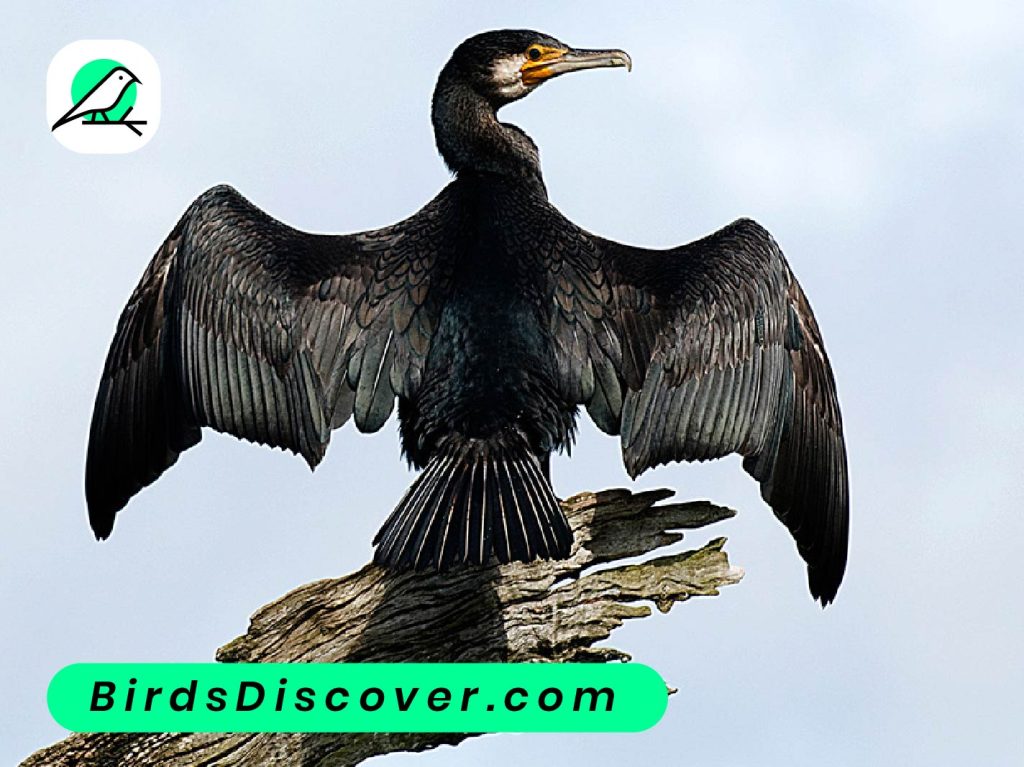
Breeding of Indian Cormorant
The Indian cormorant (Phalacrocorax fuscicollis) breeds in colonies, which can vary in size from a few pairs to several hundred. Breeding typically occurs during the drier months, aligning with the availability of food and favorable weather conditions.
- Nesting Sites: The birds build nests in trees, on cliffs, or on the ground near water. In tree nesting sites, the nests are usually constructed from sticks and lined with softer materials. In some cases, they may nest on man-made structures or other elevated sites close to water bodies.
- Nesting Behavior: Both males and females participate in nest building, which involves gathering and arranging nesting materials. The female usually lays 2 to 4 eggs per clutch. Both parents incubate the eggs, which takes about 3 to 4 weeks.
- Chick Care: After hatching, the chicks are altricial, meaning they are born blind and featherless. Both parents feed the chicks with regurgitated fish and provide warmth and protection. The chicks fledge and are capable of flying and foraging independently around 6 to 8 weeks after hatching.
Food of Indian Cormorant
The Indian cormorant primarily feeds on fish, which it catches using its specialized diving and swimming abilities.
- Diet: Its diet mainly consists of small to medium-sized fish such as tetras, catfish, and other freshwater or coastal species. Occasionally, the cormorant may also consume other aquatic animals, such as crustaceans or amphibians, depending on availability.
- Hunting Technique: The cormorant dives from the surface of the water to pursue prey underwater. It uses its excellent vision to spot fish and relies on its streamlined body and webbed feet to maneuver efficiently.
- Feeding Behavior: After catching fish, the cormorant swallows it whole. It may often be seen drying its wings on a perch after diving, as its feathers are only partially waterproof, requiring it to air-dry frequently.
The Indian cormorant’s feeding and breeding behaviors are well-adapted to its varied aquatic habitats, reflecting its role in maintaining the ecological balance of freshwater and coastal ecosystems.
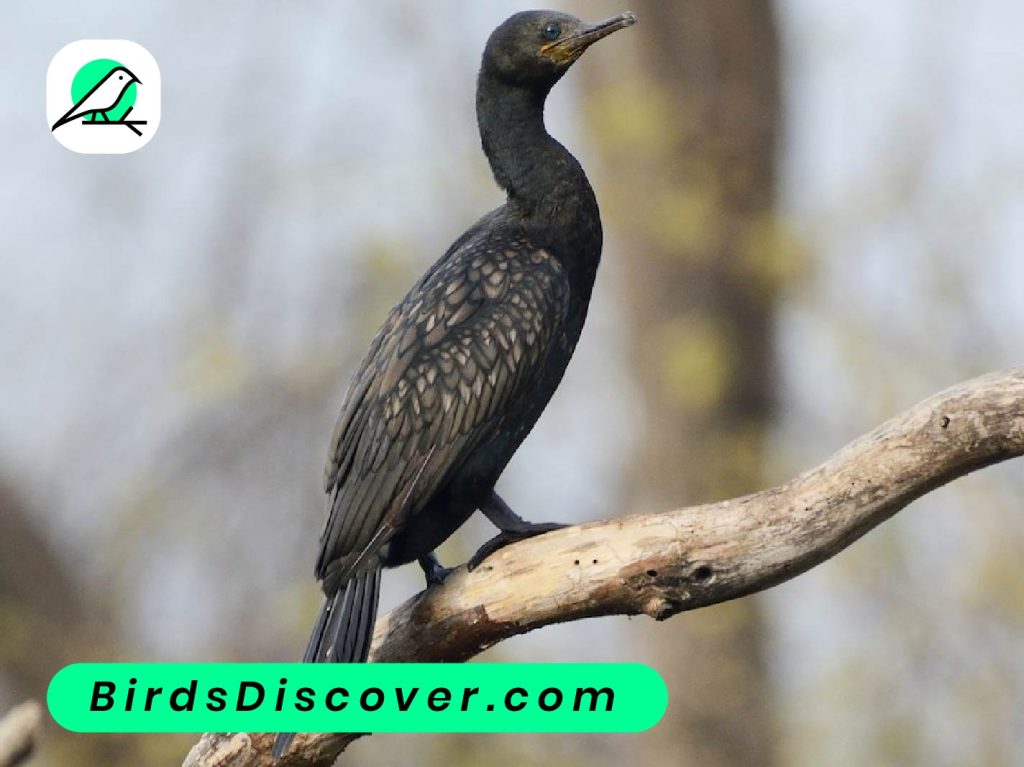
Species in same Genus
- Great Cormorant (Phalacrocorax carbo): One of the largest cormorants, found widely across Europe, Asia, Africa, and parts of Australia. It is known for its versatility in various aquatic habitats.
- Pelagic Cormorant (Phalacrocorax pelagicus): Native to the North Pacific, particularly around Alaska, British Columbia, and parts of Japan. It is adapted to life in marine environments.
- Brandt’s Cormorant (Phalacrocorax penicillatus): Found along the Pacific coast of North America, from Alaska to California. It prefers rocky coastal areas and is known for its distinctive breeding plumage.
- Double-crested Cormorant (Phalacrocorax auritus): Common in North America, this species is recognized by the double crest of feathers on its head during the breeding season.
- Little Cormorant (Phalacrocorax niger): Found in South and Southeast Asia, it is a smaller cormorant that inhabits freshwater lakes, rivers, and coastal areas.
- Australian Cormorant (Phalacrocorax varius): Also known as the Little Black Cormorant, it is native to Australia and is often found in freshwater and estuarine environments.
- Neotropic Cormorant (Phalacrocorax brasilianus): Inhabits Central and South America, particularly around rivers, lakes, and coastal areas.
- Reinhold’s Cormorant (Phalacrocorax reinholdi): Native to the Galápagos Islands, it is adapted to the unique island ecosystems.
Lifespan
Lifespan of Indian Cormorant
The Indian cormorant (Phalacrocorax fuscicollis) typically has a lifespan of about 10 to 15 years in the wild. However, this can vary depending on environmental conditions, predation pressures, and human impacts. In captivity, where threats are minimized and care is managed, these birds may live longer, potentially reaching up to 20 years or more.
Threats
Threats to Indian Cormorant
- Habitat Loss: The destruction and alteration of wetlands, rivers, and coastal areas due to urban development, agriculture, and deforestation pose significant threats to the Indian cormorant. Loss of suitable nesting sites and foraging grounds directly impacts their survival.
- Pollution: Water pollution from industrial discharge, agricultural runoff, and urban waste degrades the quality of aquatic habitats. Contaminants can affect fish populations and harm cormorants through the accumulation of toxins.
- Climate Change: Changes in climate patterns can impact the availability of water resources and alter fish populations. Extreme weather events, rising temperatures, and shifts in precipitation can disrupt breeding cycles and food availability.
- Human Disturbance: Activities such as boating, fishing, and tourism can disturb nesting colonies and reduce reproductive success. Increased human presence near breeding sites can lead to abandonment of nests and reduced chick survival rates.
- Fishing Practices: Entanglement in fishing gear, such as gillnets, poses a direct threat to cormorants, often leading to injury or death. Additionally, competition with commercial and recreational fisheries for fish resources can impact their food supply.
- Invasive Species: Invasive plant and animal species can alter habitats and ecosystems, affecting the availability of nesting sites and food resources. Predation by introduced species can also pose risks to eggs and chicks.
Addressing these threats requires comprehensive conservation strategies, including habitat protection, pollution control, and sustainable management practices to ensure the long-term survival of the Indian cormorant and its habitat.
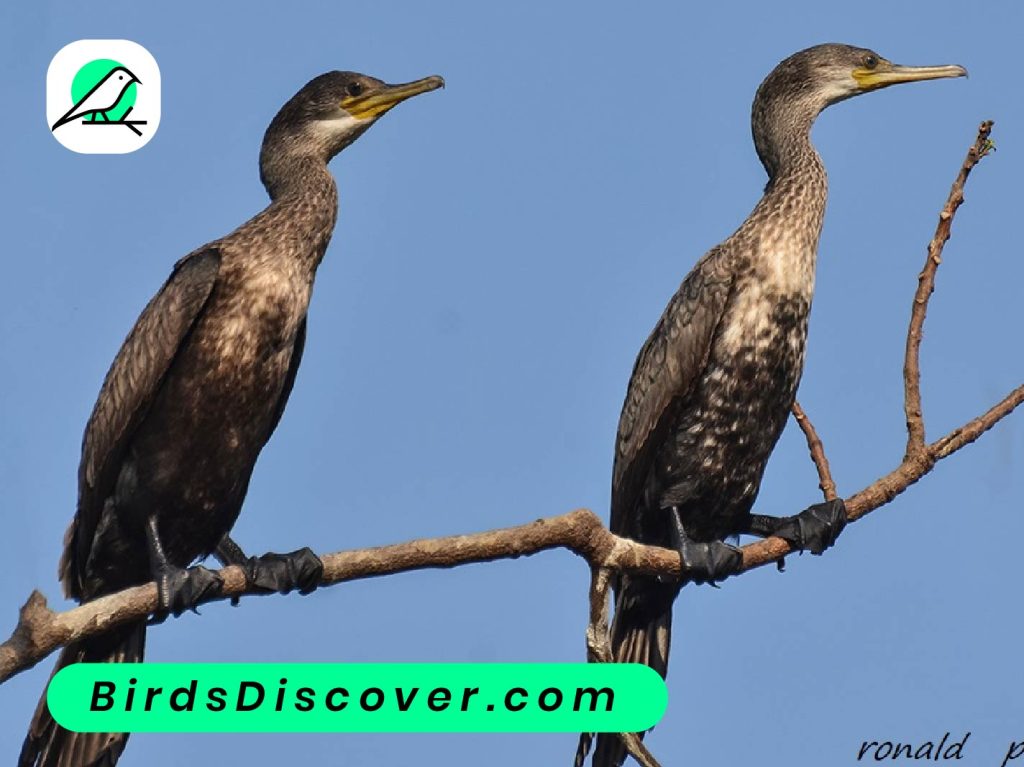
FAQS
Where can the Indian cormorant be found?
The Indian cormorant is native to South Asia, with its range extending across India, Sri Lanka, Bangladesh, Pakistan, Nepal, and Myanmar. It inhabits a variety of aquatic environments including freshwater lakes, rivers, estuaries, and coastal areas.
What does the Indian cormorant eat?
The Indian cormorant primarily feeds on fish, which it catches by diving underwater. Its diet may include small to medium-sized fish such as tetras and catfish. Occasionally, it may also consume other aquatic prey like crustaceans or amphibians when fish are less available.
How does the Indian cormorant breed?
Indian cormorants breed in colonies, often located in trees, on cliffs, or on the ground near water bodies. The breeding season typically aligns with the drier months. The female lays 2 to 4 eggs, which both parents incubate for about 3 to 4 weeks. Chicks are altricial, requiring care and feeding from both parents until they fledge around 6 to 8 weeks after hatching.
What are the main threats to the Indian cormorant?
Major threats to the Indian cormorant include habitat loss due to urbanization and deforestation, pollution of aquatic environments, climate change affecting food availability, human disturbance at nesting sites, entanglement in fishing gear, and competition with commercial fisheries. Invasive species also pose risks to their habitat.
How long does the Indian cormorant live?
In the wild, the Indian cormorant typically lives about 10 to 15 years. In captivity, where threats are controlled and care is managed, they can sometimes live longer, potentially reaching up to 20 years or more.



